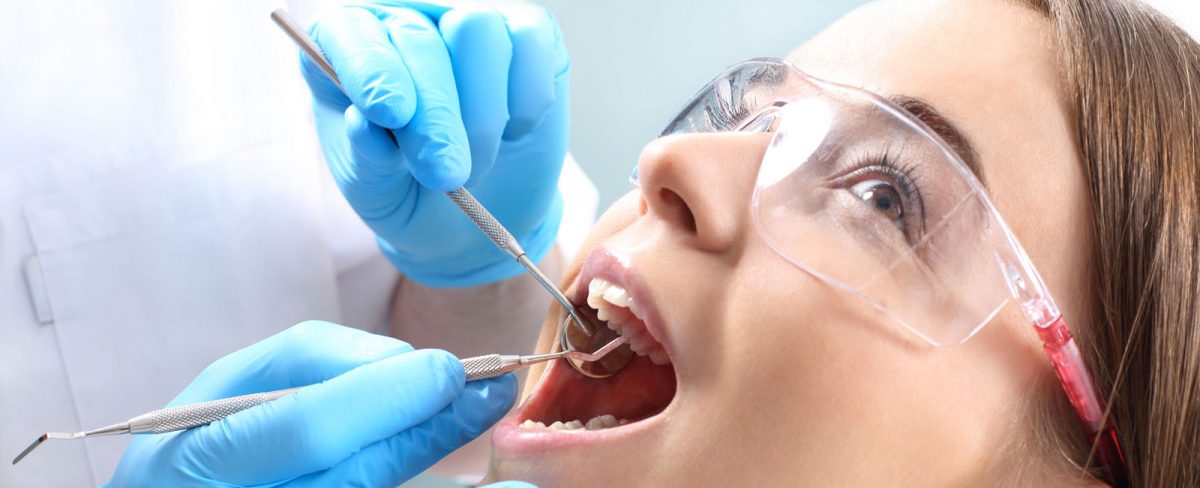Your teeth are held in place by roots that extend into your jawbone. Front teeth usually have one root. Other teeth, such as your premolars and molars, have two or more roots. The tip of each root is called the apex. Nerves and blood vessels enter the tooth through the apex, travel through a canal inside the root, and into the pulp chamber, which is inside the crown (the part of the tooth visible in the mouth).
An apicoectomy may be needed when an infection develops or persists after root canal treatment or retreatment. During root canal treatment, the canals are cleaned, and inflamed or infected tissue is removed. Root canals are very complex, with many small branches off the main canal. Sometimes, even after root canal treatment, infected debris can remain in these branches and possibly prevent healing or cause re-infection later. In an apicoectomy, the root tip, or apex, is removed along with the infected tissue. A filling is then placed to seal the end of the root.
An apicoectomy is sometimes called endodontic microsurgery because the procedure is done under an operating microscope.
What It’s Used For
If a root canal becomes infected again after a root canal has been done, it’s often because of a problem near the apex of the root. Your dentist can do an apicoectomy to fix the problem so the tooth doesn’t need to be extracted. An apicoectomy is done only after a tooth has had at least one root canal procedure.
In many cases, a second root canal treatment is considered before an apicoectomy. With advances in technology, dentists often can detect additional canals that were not adequately treated and can clear up the infection by doing a second root canal procedure, thus avoiding the need for an apicoectomy.
An apicoectomy is not the same as a root resection. In a root resection, an entire root is removed, rather than just the tip.
Preparation
Before the procedure, you will have a consultation with your dentist. Your general dentist can do the apicoectomy, but, with the advances in endodontic microsurgery, it is best to be referred to an endodontist.
Your dentist may take X-rays and you may be given an antimicrobial mouth rinse, anti-inflammatory medication and/or antibiotics before the surgery.
If you have high blood pressure or know that you have problems with the epinephrine in local anesthetics, let your dentist know at the consultation. The local anesthetic used for an apicoectomy has about twice as much epinephrine (similar to adrenaline) as the anesthetics used when you get a filling. The extra epinephrine constricts your blood vessels to reduce bleeding near the surgical site so the endodontist can see the root. You may feel your heart rate speed up after you receive the local anesthetic, but this will subside after a few minutes.
How It’s Done
The endodontist will cut and lift the gum away from the tooth so the root is easily accessible. The infected tissue will be removed along with the last few millimeters of the root tip. He or she will use a dye that highlights cracks and fractures in the tooth. If the tooth is cracked or fractured, it may have to be extracted, and the apicoectomy will not continue.
To complete the apicoectomy, 3 to 4 millimeters of the tooth’s canal are cleaned and sealed. The cleaning usually is done under a microscope using ultrasonic instruments. Use of a surgical microscope increases the chances for success because the light and magnification allow the endodontist to see the area better. Your endodontist then will take an X-ray of the area before suturing the tissue back in place.
Most apicoectomies take between 30 to 90 minutes, depending on the location of the tooth and the complexity of the root structure. Procedures on front teeth are generally the shortest. Those on lower molars generally take the longest.
Follow-Up
You will receive instructions from your endodontist about which medications to take and what you can eat or drink. You should ice the area for 10 to 12 hours after the surgery, and rest during that time.
The area may bruise and swell. It may be more swollen the second day after the procedure than the first day. Any pain usually can be controlled with over-the-counter nonsteroidal anti-inflammatory drugs (NSAIDs), such as ibuprofem (Advil, Motrin and others) or prescription medication.
To allow for healing, you should avoid brushing the area, rinsing vigorously, smoking or eating crunchy or hard foods. Do not lift your lip to examine the area, because this can disrupt blood-clot formation and loosen the sutures.
You may have some numbness in the area for days or weeks from the trauma of the surgery. This does not mean that nerves have been damaged. Tell your dentist about any numbness you experience.
Your stitches will be removed 2 to 7 days after the procedure, and all soreness and swelling are usually gone by 14 days after the procedure.
Even though an apicoectomy is considered surgery, many people say that recovering from an apicoectomy is easier than recovering from the original root-canal treatment.
Do you need more information on Apicoectomy (Endodontic Surgery)? Don’t hestitate to call Reedley Family Dental at (559) 637-0123.



